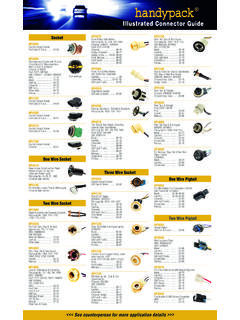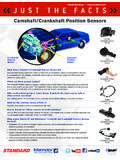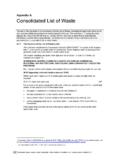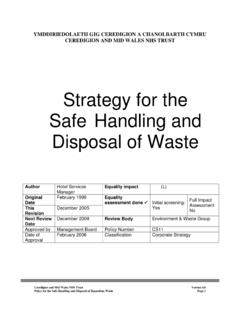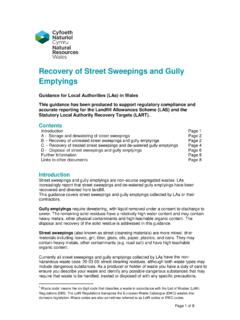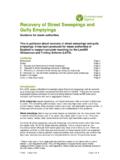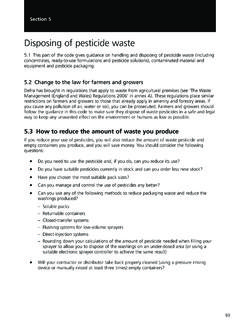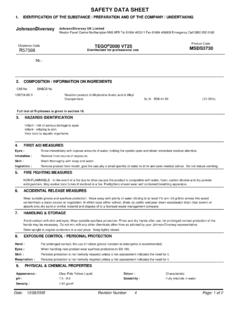Transcription of SAFETY DATA SHEET - Standard
1 SAFETY data SHEET POLYSI Lubricants Issued 04/12/95 PST-525 Revision 7 1/15/15 Page 1 of 5 1. PRODUCT AND COMPANY IDENTIFICATION Product Name: PST-525 Recommended Use: Lubricant (not for medical purposes) Company: PolySi Technologies 5108 Rex McLeod Drive Sanford, NC 27330, USA Telephone: 1-919-775-4989 (PolySi Technologies) Emergency Telephone: 1-800-424-9300 (CHEMTREC, 24 hours, Washington, USA) 2. HAZARDS IDENTIFICATION Classification: Not hazardous Labeling: Symbol: None Signal Word: None Hazard statements: Not Hazardous Precautionary Statements: Use personal protective equipment as required. Wear SAFETY glasses and gloves. Avoid contact with eyes. Non flammable or combustible, but may burn if involved in a fire.
2 3. COMPOSITION / INFORMATION ON INGREDIENTS Chemical Identity: Dimethyl siloxanes and silicones, >90% Common Name: Methyl silicone CAS Number: 63148-62-9 Impurities: No information provided by manufacturer Chemical Identity: Silicon dioxide, amorphous, <10% Common Names: Amorphous fumed silica CAS Number: 112945-52-5 Impurities: Less than 1%, not classifiable 4. FIRST AID MEASURES Eye Contact: Flush eyes with large amounts of water. If signs/symptoms persist, get medical attention. Obtain medical attention. Skin Contact: Wash affected area with soap and water. If signs/symptoms persist, get medical attention. No need for first aid is anticipated. Inhalation: If signs/symptoms develop, remove person to fresh air. If signs/symptoms persist, get medical attention.
3 Ingestion: If swallowed, do not induce vomiting. If irritation or discomfort occurs, obtain medical assistance. 5. FIRE FIGHTING MEASURES Autoignition Temperature: >300 C Flash point: >300 C Flammable Limits (LEL) Not determined SAFETY data SHEET POLYSI Lubricants Issued 04/12/95 PST-525 Revision 7 1/15/15 Page 2 of 5 Flammable Limits(UEL) Not determined Suitable Extinguishing Media: On large fires used dry chemical, foam, or water spray. On small fires use carbon dioxide, dry chemical, or water spray. Water can be used to cool fire exposed containers. Unsuitable Extinguishing Media: None. Specific hazards in case of fire: Decomposes on heating and can release formaldehyde. Avoid reaction with oxidizers. Special protective equipment and precautions for fire fighters: No acute hazard.
4 Move container from fire area, if possible. Avoid breathing vapors or dusts. Keep upwind. Use full firefighting gear (bunker gear). Any supplied-air respirator with full face piece and operated in a pressure-demand or other positive pressure mode in combination with a separate escape air supply. Use any self contained breathing apparatus with a full face piece. Alert fire brigade and indicate hazard location. Wear breathing apparatus plus protective clothing. Cool fire exposed containers with water spray from a protected location. Do not approach containers suspected to be hot. If safe to do so, remove containers from path of fire. 6. ACCIDENTAL RELEASE MEASURES Personal precautions: Use appropriate personal protection. (See section 8.)
5 Environmental precautions: For larger spills, cover drains and build dikes to prevent entry into sewer systems or bodies of water. Collect the resulting residue containing solution. Place in a metal container approved for transportation by appropriate authorities. Dispose of collected material as soon as possible. Methods for material containment and cleaning up: Observe precautions from other sections. Contain spill. Working from around the edges of the spill inward, cover with bentonite, vermiculite, or commercially available inorganic absorbent material. Mix in sufficient absorbent until it appears dry. Collect as much of the spilled material as possible. Clean up residue with an appropriate solvent. Seal the container. 7. HANDLING AND STORAGE Precautions for safe handling: Avoid contact with skin, inhalation of mist, or ingestion.
6 See section 8 for personal protection equipment. Practice good personal hygiene to prevent accidental ingestion after handling. Properly dispose of clothing that cannot be decontaminated. Conditions for safe storage, including any incompatibilities: Store away from oxidizing materials. Store product in a closed container located in a dry area. Do not store in open, inadequate, or mislabeled packaging. Check that containers are clearly labeled. Use metal cans, metal drums, plastic, or lined fiber containers. Keep away from heat and flame. 8. EXPOSURE CONTROLS/PERSONAL PROTECTION Control Parameters: Under most handling conditions, this product will not generate mist or dust. Engineering Controls: In most conditions, no special local ventilation is needed.
7 General ventilation recommended. If the product is heated above 150 C or atomized ventilation should be used. Personal Protective Equipment (PPE): Eyes: SAFETY glasses recommended. SAFETY data SHEET POLYSI Lubricants Issued 04/12/95 PST-525 Revision 7 1/15/15 Page 3 of 5 Skin: Impermeable gloves should be worn. Product is compatible with most elastomers. Inhalation: No respiratory protection required under most conditions. If concentrations exceed exposure limits, approved respiratory equipment must be used. 9. CHEMICAL AND PHYSICAL PROPERTIES Physical state: Solid. Liquid may separate from product. Color: Off white, translucent Odor: Mild Odor Threshold: Not available pH Value: Not applicable Melting Point: Decomposes Freezing Point: Becomes very stiff with decreasing temperature around -60 C Initial Boiling Point: >200 C Flash Point: >300 C COC (Base oil) Evaporation rate: Not available Flammability (solid, gas): Not applicable Explosion limits: Not available Vapor pressure: Negligible at 20 C Vapor density: Not available VOC content: None Solubility: Insoluble in water at 20 C Partition coefficient: Not available Auto-ignition temperature: Not available Decomposition temperature: Begins to decompose at 150 C.
8 10. STABILITY AND REACTIVITY Chemical stability: Stable under ambient temperatures and pressures Possibility of hazardous reactions: May react with air under very high pressure. Otherwise will not react or polymerize. Conditions to avoid: No specific conditions to avoid have been identified. Materials to avoid: Oxidizers Hazardous decomposition products: Decomposes on heating and produces formaldehyde, silicone dioxide, and incompletely burned carbon compounds. 11. TOXICOLOGICAL INFORMATION (a) acute toxicity Not toxic. LD50 (rat) > 10,000 mg/kg (dimethyl silicone) (b) skin corrosion/irritation Not irritating / not corrosive to the skin. LD50 (rabbit) > 2,000 mg/kg (dimethyl silicone) (c) serious eye damage/irritation Possible irritant / not corrosive to the eyes.
9 (d) respiratory or skin sensitization Not sensitizing to the skin. (e) germ-cell mutagenicity Not a germ cell mutagen. (f) carcinogenicity Not a carcinogen. (g) reproductive toxicity There are currently no reliable scientific data available indicating adverse effects on reproduction or fertility. (h) aspiration hazard Not applicable (not an aerosol/mist). SAFETY data SHEET POLYSI Lubricants Issued 04/12/95 PST-525 Revision 7 1/15/15 Page 4 of 5 12. ECOLOGICAL INFORMATION Toxicity: Invertebrates: Daphnia magna 48h-LC50 >10,000 mg/L (dimethyl silicone) Invertebrates: Daphnia magna 24h-LC50 >10,000 mg/L (amorphous silica) Fish: Brachydanio rerio 96h-LC50 >10,000 mg/L (amorphous silica) Persistence and degradability: In soil, siloxanes are degraded.
10 Bioaccumulative potential: Not expected to bioaccumulate. Mobility in soil: Siloxanes are removed from water by sedimentation or binding to sewage sludge. Silica is not mobile. 13. DISPOSAL PROCEDURES Waste treatment methods: Waste (substance and container material) shall be recycled/recovered or disposed of as applicable and in accordance with community (EU) and local legislation. Recycle wherever possible. Consult state land waste management authority for disposal. Bury at an approved site. Recycle containers if possible, or dispose of in an authorized landfill. According to the European Waste Catalogue, Waste Codes are not product specific but application specific. Waste Codes should be assigned by the user based on the application in which the product is used.
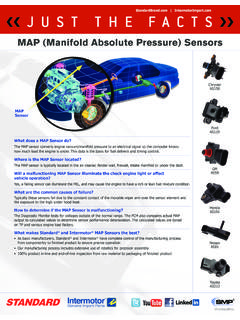
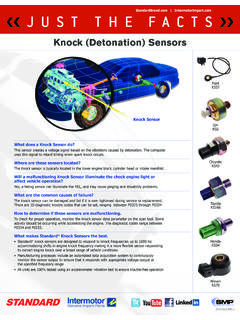
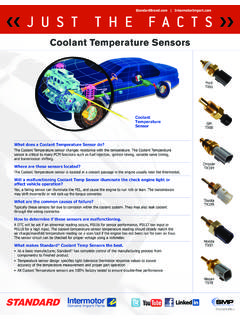


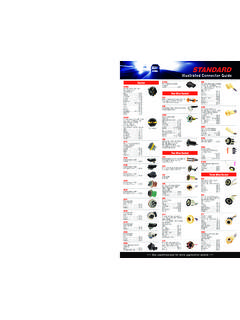
![INDEX [www.standardbrand.com]](/cache/preview/7/8/1/c/3/5/f/3/thumb-781c35f3ce3fab35062dd4c785ea1317.jpg)
